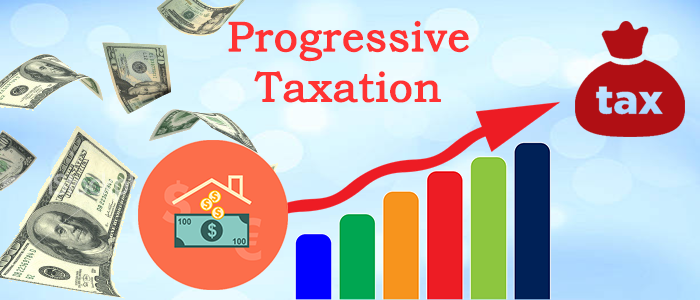
All you need to know about College Savings Accounts (529 Plans)
College Savings
Accounts (529 plans)
College Savings Accounts(529 plans).Given the constant increase in costs of education, it is imperative that you start saving for the same early. 529 saving plan has been in effect for more than a couple of decades and does a fine of a job providing security against the rising costs while providing tax benefit as well. The plan ensures that schools fees of your children are well taken care of, by the time they reach college.
What is it?
A 529 plan in simple terms is a college savings account that is exempted from any federal taxes. The plan was initiated back in the year 1996, so that parents could put away a small amount of higher education of their children. Section 529 of the federal taxes is responsible for the naming of these plans. The tax benefits are usually valid for states having income taxes in place.
If you have crossed the deduction limit for a specific year, the plan allows you to carry forward the deductions for the next year. There is no restriction as to who can opt for a 529 plan. It usually is for your children or grandchildren or in some cases anyone younger to you for their education. Since there are no restrictions, you can take the plan for your higher education as well.
Types of Plan
You can avail the 529 plan in two forms, as a prepaid plan or a college savings plan. If you opt for a prepaid plan, you get to lock the current tuition fee for a future date. But there are some restrictions when it comes to utilizing the funds. For an instance, a prepaid plan usually covers only tuition fees at college and universities at the state level and skips other charges such as books, rooms, boards etc.
Utilization of the plan
You can use your college savings plan for most of the colleges, graduation school and even professional school that are accredited. Students who receive federal financial aid in foreign schools also qualify for the plan. Unlike the prepaid plans, you can utilize the funds for books, rooms, and even boards. The transactions that are approved vary slightly depending on the plan that you choose. If the funds are used for purchases that are not authorized, the tax deductions will be revoked. Depending on the situation, you might attract some penalties as well.
Before you finalize on a plan, make it a point to check out various plans and compare them. You must not restrict yourself to state plans, as there are several state plans that are sold at the national level. You can also opt for plans via a financial advisor. However, they have their fees which might bump up the cost of the plan. So, factor in those costs when you compare your plans.
Investment Opportunities
The amount that you invest in college savings accounts is mostly invested in well to do mutual funds. Your money is usually invested with established players of the mutual fund market such as Blackrock, Vanguard, TIAA-CREF and many more. You get to choose from two investment options over here. One is a more common approach, where you take higher exposure to equity market early on and reduce the risk as the time to college approaches. Though exposure to stocks is risky, it also gives you the best returns.
You could opt for a more sedated static investment plan as well. Your investment remains constant throughout the entire duration. It all depends on your risk appetite and objective. Before you sign the final documents, make it a point to go through the fees column carefully.






Recent Comments